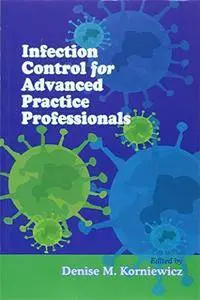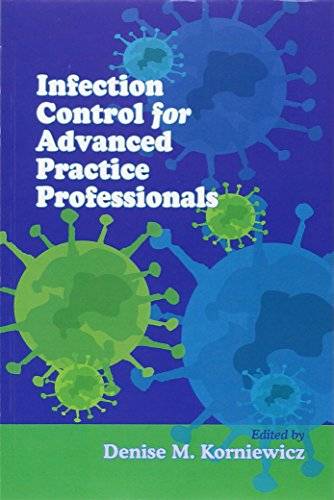Infection Control for Advanced Practice Professionals by Denise M. Korniewicz
2013 | ISBN: 1605950602 | English | 264 pages | PDF | 5 MB
2013 | ISBN: 1605950602 | English | 264 pages | PDF | 5 MB
Presents best practices for infection prevention and control in advanced practice Emphasizes team approach for infection control Case study provided for each chapter.
This professional reference combines research on the best practices for infection control in clinical settings with essential information for advanced practice nurses and physician assistants. The book is organized by healthcare settings, and the coverage ranges from small practice offices to large hospitals and medical institutions. Each chapter is prefaced by a case study which is then incorporated into the theoretical material of the chapter as a continuing illustration. This format provides a reader-friendly instructional resource for advanced practice certifications and staff development.
From the Foreword
"At last is published a long-needed text for advanced practice nurses (APNs), providing them with the information essential to the care of essentially every patient they will encounter. Infection Control for Advanced Practice Professionals fills a void in the literature and recognizes the importance of a team approach to the prevention of infections in the variety of care settings in which APNs are practicing. The book is particularly timely and relevant because it appropriately places infection prevention solidly within the larger patient safety movement and affirms that preventing infections is everybody's concern. In acute care settings, for example, infection control has occasionally been relegated to the infection prevention specialist (e.g., infection control nurse or hospital epidemiologist) or the infection control committee. This has shown to be ineffective in any setting. It is those who "touch" the patients and oversee their care who must assume the responsibility for preventing untoward events such as infections. While not all infections are preventable, there is indeed room for improvement. This comprehensive reference is a first and essential step in that direction!"
Elaine Larson, PhD, RN, FAAN, CIC Anna C. Maxwell Professor of Nursing Research Associate Dean for Research School of Nursing Professor of Epidemiology Joseph Mailman School of Public Health Columbia University Editor, American Journal of Infection Control



